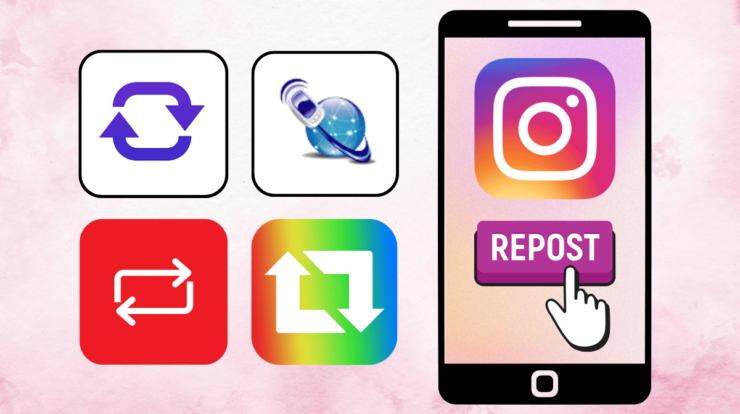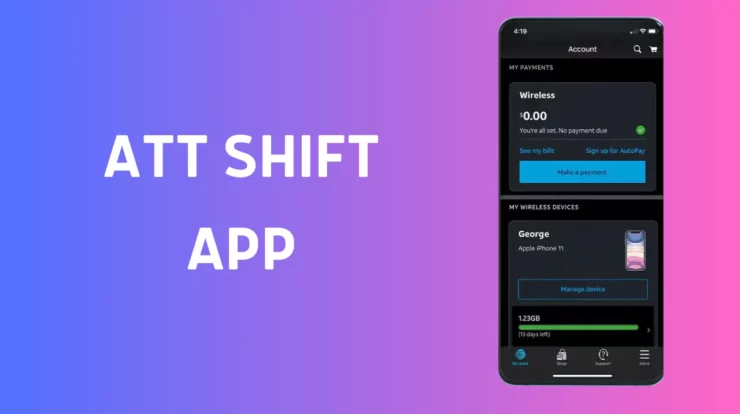
In recent years, mobile users have seemingly grown in awareness surrounding the possibility of preventing excessive adverts from popping up all over their screens when consuming news articles, YouTube videos, or scrolling on social media.
Unlike the early internet era, when adverts had much less prevalence, consuming content can, at times, be challenging due to the vast quantity of adverts interrupting videos or covering news stories.
Naturally, mobile users have attempted to find solutions that enable them to have a smoother, ad-free digital experience. One of, if not the most, predominant advert-avoiding method is the installation and deployment of ad-blocking software. But what exactly are ad-blockers and are they resistant to all forms of digital marketing? Let’s find out.
What are Ad Blockers?
As perhaps self-explanatory, given the obvious nature of its title, ad blockers are simply designed to block advertisements appearing during one’s digital use on a smartphone, laptop, or other electronic internet-based device.
There are several ways that users can deploy ad blockers as a mechanism of blocking unwanted adverts during their internet usage. The most popular, perhaps, is the installation of ad-blocking apps, such as AdGuard, DuckDuckGo Private Browser, and Norton Ad Blocker. These types of apps have a variety of subscription packages offering varying extents of digital privacy.
Meanwhile, another popular technique of blocking adverts during smartphone internet usage is downloading software or browser extension. These types of web extensions are, by some, considered more reputable and include massive global ad blocker brands including NordVPN, TOTAL Adblock, and SurfShark.
These types of web browser extensions are becoming increasingly popular. NordVPN, for example, has an estimated 14 million registered global customers.
But are Ad Blockers Entirely Resistant to Digital Marketing?
While for smartphone users the opportunity of browsing the internet ad-free may seem appealing, digital marketers and those who pay for their adverts to be displayed across the internet face a challenging advertising epidemic.
Vast amounts of capital are pumped into digital marketing agencies every week by businesses to ensure that their adverts are viewed by Internet users all around the world. But the development and large-scale implementation of ad blockers means adverts are often not being seen by internet users, despite the investments of business owners.
Thankfully for business owners, some forms of digital marketing are still ad-blocker resistant. Here are two:
Natural Interstitials
Natural interstitials represent one of the most effective ways to reach internet users, even if they’re deploying an ad blocker.
The goal of using natural interstitials in digital marketing is to create a positive user experience while still achieving marketing objectives. By blending advertising seamlessly into the user’s online activities, brands can potentially increase engagement and effectiveness of their campaigns while avoiding the negative impact of intrusive ads on user experience.
They can achieve this by being non-intrusive. Natural interstitials are strategically placed within the user’s digital journey, ensuring they appear at natural transition points or moments of user engagement – unlike traditional ads, which interrupt the user’s experience, and therefore leave the user with a negative taste in their mouth. Effective natural interstitials should also have contextual relevance.
In other words, they should integrate seamlessly into the surrounding content or user activity – aligning the message with the user’s interests, preferences, and browsing behavior. This isn’t just about being non-intrusive, either. By being contextually relevant, you’re essentially delivering a more personalised and engaging ad experience – similarly increasing the likelihood of user interaction and conversion.
Like other digital advertising formats, natural interstitials also allow marketers to track performance metrics and analyse campaign effectiveness. These metrics include click-through rates, conversion rates, and engagement levels – all of which can be used to refine the strategy and optimise future campaigns.
Content Marketing
Given vast amounts of users are deploying ad-blockers while simultaneously consuming digital-based content, it makes sense to use a content marketing strategy to target users. Content marketing refers to the promotion of a product or service through a blog, podcast, video, or infographic.
The first thing you might think of when you hear ‘content marketing’ is SEO – content that helps to drive search engine optimisation and improve discoverability online. But while SEO is a vital part of this marketing technique – which we’ll go into more detail about below – the most important thing to remember is that content should have a value-driven approach. What do your users want to read? What makes your content better nad more informative than any other content on the web?
A successful content marketing campaign will deliver true value to the audience, rather than overtly promoting products or services. This includes creating educational, entertaining, and informative content that addresses the interests and needs of the target audience. Even with all the data in the world and a top-ranked spot on Google, your audience will click off quickly if they feel the content has been catered towards optimised metrics rather than optimised readability.
With that being said, SEO should play a part in the campaign. In every article or blog-post, you should have targeted keywords that match your audience preferences and enhance visibility. An important point to note here is that you’re in competition with other, similar brands – many of whom might have a larger budget to spend on SEO. With this in mind, you should do your research and find the right keywords that aren’t being utilised on a larger scale. By placing these into your high-quality, relevant content naturally, you can work to build long-term brand visibility and authority in the digital space.


